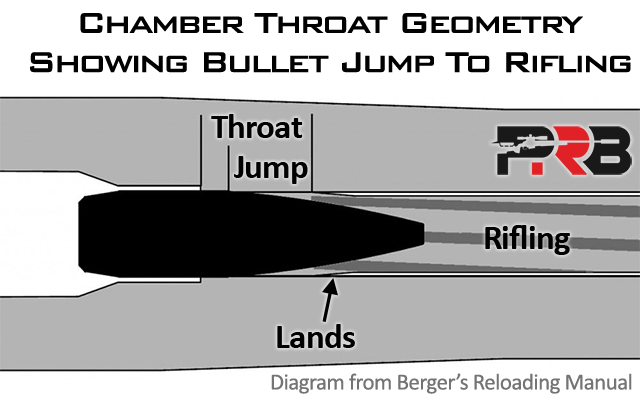Interesting article with lots of awesome data from highly accredited shooters about seating depth tuning. Pretty conflicting with traditional ideologies of finding a reliable long range load. Will definitely be integrating new methods in my load development.

 precisionrifleblog.com
precisionrifleblog.com

Bullet Jump Research: Executive Summary & Load Development Tips
This is the last post in a series of articles focused on bullet jump research that has been conduct...
